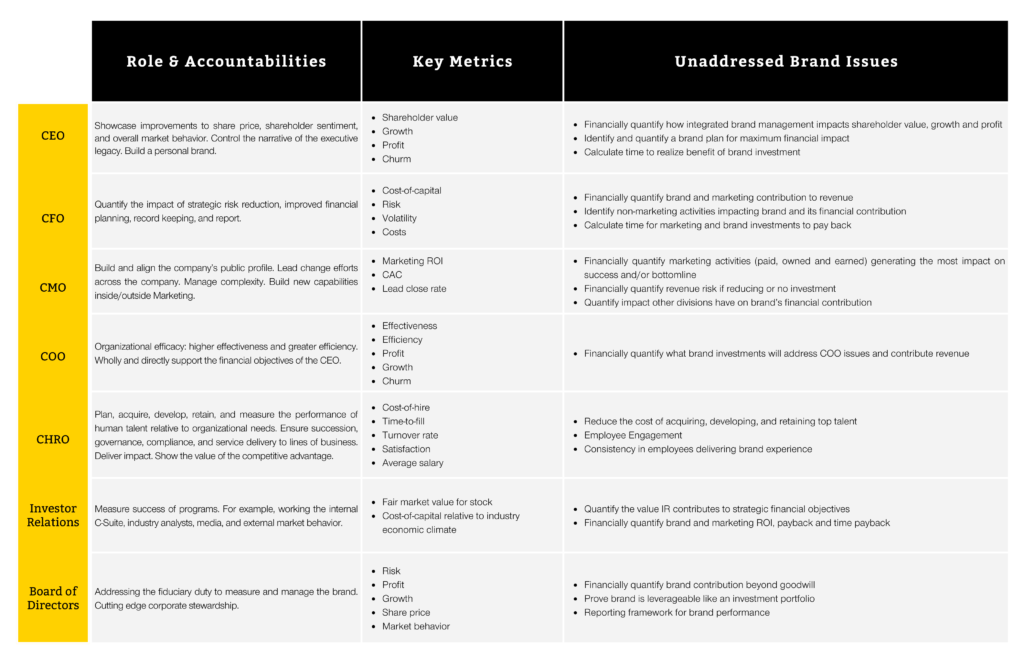One of the most critical responsibilities a brand leader has is the proper deployment of discretionary resources.
How leaders spend dollars and allocate peoples’ time will either enhance profitability and create a more sustainable competitive advantage or squander time/talent/money in ways that erode margins and eventually commoditize goods and services.
Leaders must know how to utilize capital to fund headcount, offer discounts, buy media, invest in R&D, glean insights, enhance value propositions, and improve the customer (and employee) experience. Yet, too few leaders rely upon predictive tools and reliable forecast data to better inform these critical decisions. The stakes are too high to rely on intuition, past performance or historical precedence. Better results begin with better insights, and better insights are available through marketing mix modeling.
For many years, businesses that spent heavily on TV, radio, print, and digital ads utilized media mix models to quantify the impact of paid media channels on sales. These models attributed revenue to various advertising expenditures to help optimize paid media budgets. But, media mix models fail to consider other contributing factors beyond paid campaigns. As a result, CMOs who used these models in isolation often made misguided investments.
Too few leaders rely upon predictive tools and reliable forecast data to better inform these critical decisions.
Today, we know a host of variables—such as product improvements, pricing, shopping experience, customer service, and post-purchase support—all contribute to profitable growth. Relying upon math and statistics more commonly found within finance and integrating predictive tools within the behavioral sciences, we commingle methodologies and integrate KPIs tied to corporate valuation, market volatility, share-of-market, and brand engagement. Doing so provides an incredibly robust data set and allows us to pinpoint the ideal strategic combinations. We can more definitively arm leaders with fact-based projections about the risks and rewards of potential pursuits and investments.
Businesses that have deployed marketing mix models have enjoyed more significant and faster gains by shifting priorities to activities projected to have the greatest impact. For example, our marketing mix model has allowed brand leaders to know things like:
-
What perceptions and behaviors are most accountable for my growth today? Tomorrow?
-
What is the ideal mix between paid, owned and earned media based on what our customers consider to be the most influential touchpoints?
-
Which new value proposition enhancements will have the greatest impact on revenue?
-
How long will the payback be on new initiatives (such as M&A, entering new markets, and introducing new product offerings)?
-
How can we detect brand erosion or customer migration earlier to mitigate financial risk better?
-
What is the best way to track and react—in real-time—to shifts in competitive tactics or consumer preferences?
These questions and a host of strategies dealing with corporate reputation, internal culture, data management, customer lifetime value, and operational co-dependencies can now be evidence-based rather than assumed or guessed. Thanks to marketing mix modeling, our clients can easily identify and confidently pursue revenue-generating opportunities, such as improving refund policies, upgrading e-commerce platforms, switching to ethical supply chains, enhancing their sales force, improving customer care centers, and acquiring competitors. Each of these initiatives has proven to provide a higher return on investment than alternative uses of capital. Why rely on outspoken opinions when you can have the data necessary to choose with confidence? Unlike other analytic attribution exercises, data can be pulled from the entire organization—Finance, Marketing, Operations, HR, Investor Relations, and even the Board—to break down siloed decisions and determine the wholesale impact and co-mingled interplay between a business’s entire offering. Assessing numerous corporate activities helps us either prove or predict the contributions of each area senior leaders are responsible for:

Don’t be fooled into believing some business questions are simply unanswerable. You have access to a proven tool that can effectively predict the return on investment and significantly grow brand and business value on your balance sheet, all while creating exponential sales for your enterprise.
By managing your brand initiatives like a portfolio of investments with attention to risk, return, and timing, we better calculate the financial impact of your decision and better account for the time delay between enhancing perception and driving behavior. As a result, you can enjoy more robust financial analysis, better revenue forecasts, smarter budget allocations, and reap the benefits of more customers who buy more products, more often, at higher margins.
If you want to gain a competitive advantage by learning to manage your discretionary resources better, complete our form below to get started.


